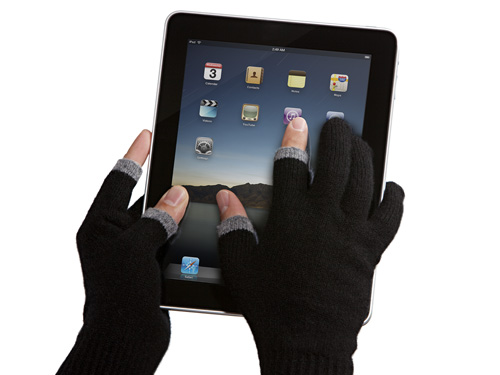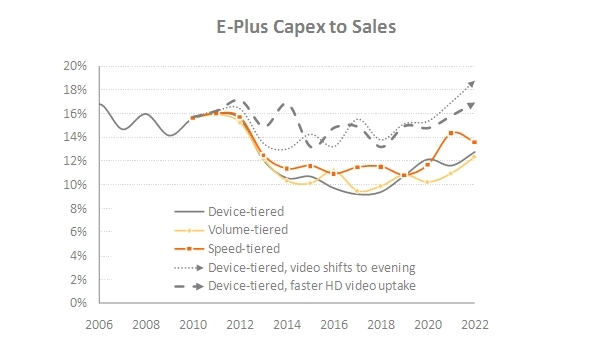Mobile Operators Can Drive Revenues by Adding that ‘Personal Touch’
By Stuart Cochran, Chief Technology Officer, Evolving Systems
Operators are desperately looking for new ways of generating incremental revenues from their existing subscriber base. One potentially lucrative route is through the delivery of personalised services and in particular the offer of number choice to subscribers. A recent survey from Evolving Systems revealed that more than 30% of prepaid mobile phone subscribers across the UK, France, Germany, Italy and Spain would be prepared to pay a premium for the ability to select their own number – depending on cost.
These figures should certainly give wireless operators food for thought. If operators could convert these kinds of proportions of their prepaid mobile subscriber base to number personalisation, they would gain themselves a significant incremental revenue source.
There clearly is a potential market in these key European countries for personalised number selection and it is equally clear that that market remains largely unexploited so far. The survey finds that only a small proportion of prepaid users have ever been offered the opportunity to select their own mobile number. Just 13% of prepaid French users (and only 21% of those in Italy), for example, had been given this option when buying a prepaid SIM.
Available Options
At the moment, when prepaid users are offered number choice, it is typically provided through a retail store. In the survey, this was the most popular route in every country surveyed apart from Germany. Very few subscribers have ever been offered a choice of numbers via their mobile phone screen. In Italy, just 3% of those prepaid users, who had ever been given the chance to select their own mobile number, had been offered it in this way.
Again, this presents an excellent opportunity for Europe’s operators to develop new revenue streams by changing the mode of engagement for number selection. Operators should consider that users are most susceptible to these offers and would most like to receive them when they first get a new phone, and they want to be able to make these choices on-device – not by having to go into a retailer and engage with a salesperson.
Our survey showed that in the UK, selecting a number via the phone’s screen was clearly preferred to going into a retail store and in every other country surveyed, it was at least competitive with that option.
The problem from the operator’s perspective is that it is difficult for them from both a technical and logistical point of view to tap into the potential of this approach especially if they are pre-provisioning their SIM cards as a means of activation.
With this SIM card distribution model, the telephone number is associated with the card early in the process – typically weeks before going on sale. This means that the number has to be paired with a specific SIM card in various systems on the operator’s network. Typically, it is even printed on the packaging containing the card. From the perspective of operator and user alike, this is unsatisfactory as it mitigates against flexibility in number selection.
A New Way Forward
Fortunately, a new approach has now emerged, which allows numbers to be allocated dynamically, providing an opportunity to offer number choice to prepaid subscribers at the time of first use via the handset. Not only is this more convenient for the subscriber, the user experience is further enhanced as the choice of number is much wider.
A menu containing a series of questions can be presented to the user on the handset when the SIM is first switched on. This provides a list of available numbers and can also include a search for vanity or golden numbers, which correspond to letters on the keypad and spell particular words.
Also, because the system is in the operator’s network and connected to its IT infrastructure, users have access through their handset to a greater range of numbers than the retailer has available on-site.
The time of first use also presents an ideal opportunity to offer additional, value-added services to new subscribers. The same handset-based dialogue that supports number choice can also be used to offer other services, from cheaper home-based calls to bundled voice tariffs for families, further increasing the incremental revenue opportunity.
Today, with the emergence and ongoing success of mobile broadband fuelled by the availability of new kinds of connected device that connect with the wireless broadband network, the market dynamic is changing yet again. All of these devices contain SIM cards and offer operators an opportunity for engagement similar to that offered by traditional mobile handsets. The main point of distinction is that this engagement needs to be offered to devices with a wide range of different form factors.
It is critical here that the chosen SIM provisioning solution allows operators to be both device- and location-aware. There is a major difference between the kind of marketing message suitable for delivery to a feature phone connected to a GPRS network and that appropriate for a mobile broadband network connected iPad with a large colour screen.
The best solutions will fit the engagement point to the device type. For example, users of connected devices should automatically be taken to an easy-to-use web landing page that they can personalise according to their specific requirements, allowing them to choose suitable price plans and data limits. This browser-based approach also enables the operator to promote its brand and deliver high-impact and highly persuasive marketing campaigns.
Moving Ahead
Today, European mobile operators, locked in ever-more intense competition, need to find ways to differentiate themselves and drive business advantage. The delivery of personalised services and solutions supported by flexible SIM card provisioning is increasingly helping operators to achieve this key strategic objective.







